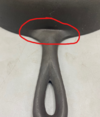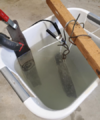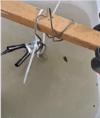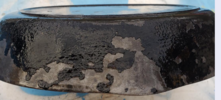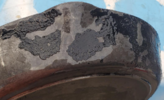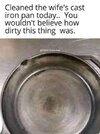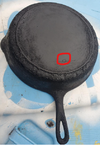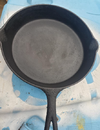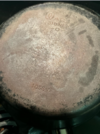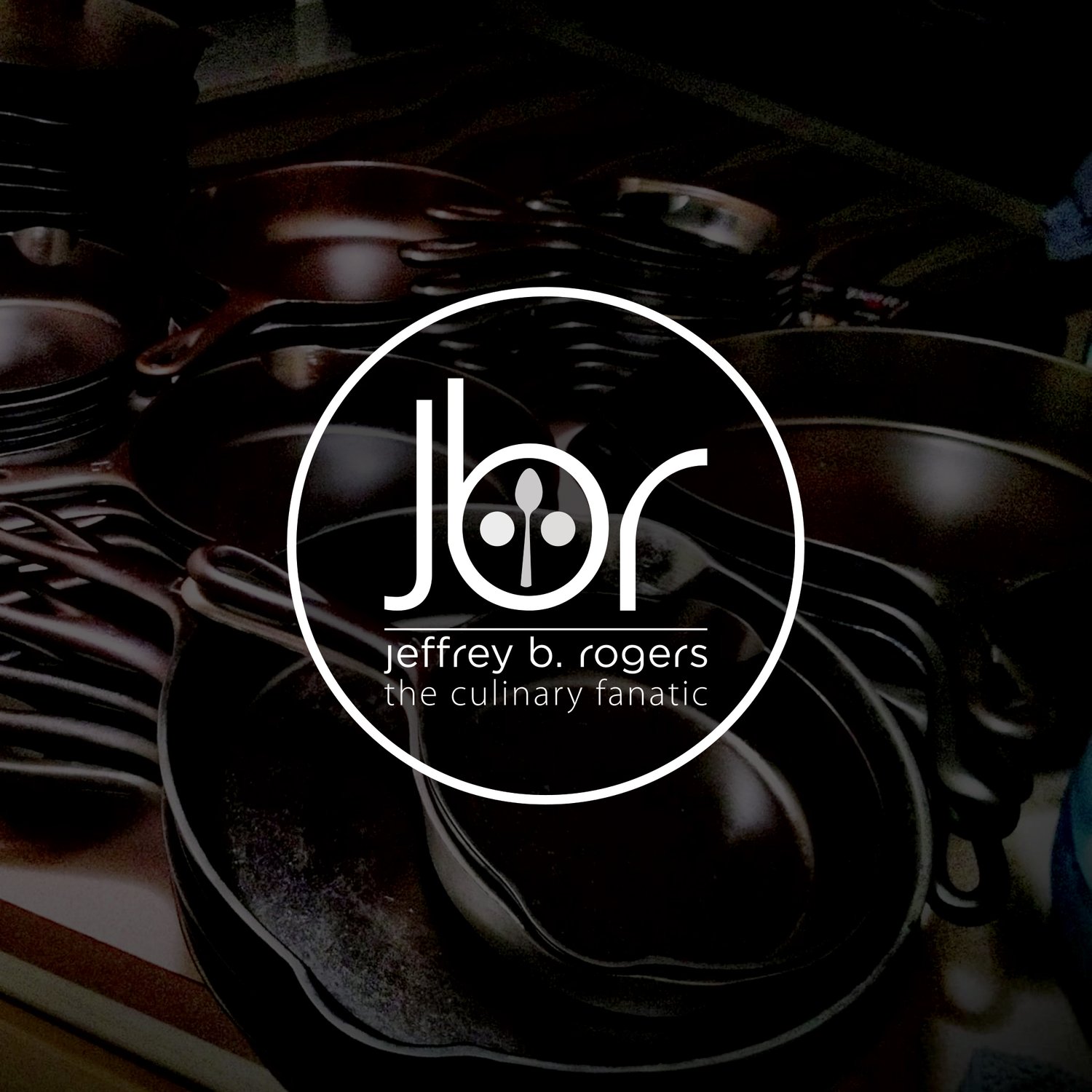Got this 10 1/2" cast iron frying pan at a yard sell and wondering if it might be a diamond in the rough. With all the crud on the inside and whole lot more on the outside, with some heat and pressure, it could turn into a diamond. Started working on cleaning it and it is going to take a while. Crud is over 1/8" thick on the outside. So far, used a putty knife to remove some of it around the ring on the bottom and tried a wire brush in my cordless drill, but it is some tough stuff. Easy Off oven cleaner didn't touch it.
The pan is thinner than our other cast iron pans, and it is very smooth on the inside and outside, no sand cast finish anywhere on it. It has an inset "8" on the bottom and the lump turned out to be a sideways "R" under the crud near the handle and no other markings. Any cast iron experts on here recognize what brand it might be?
Any recommendations on removing the crud? I don't think it was ever washed as it is oily/slimy feeling and has some smell like the oil is rancid. When I got some of the heavy stuff off around the bottom ring, there was some rust under it.
I've read where people put them in their ovens on self clean, or in a fire, but I'm afraid with this pan being thinner, the excess heat might warp or crack it. Also seen using electrolysis, but don't have a set up for that and don't have a sand blaster. I believe it will be a nice addition once it's cleaned up and reseasoned.
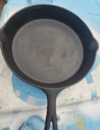

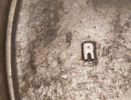
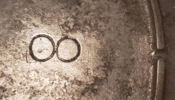
The pan is thinner than our other cast iron pans, and it is very smooth on the inside and outside, no sand cast finish anywhere on it. It has an inset "8" on the bottom and the lump turned out to be a sideways "R" under the crud near the handle and no other markings. Any cast iron experts on here recognize what brand it might be?
Any recommendations on removing the crud? I don't think it was ever washed as it is oily/slimy feeling and has some smell like the oil is rancid. When I got some of the heavy stuff off around the bottom ring, there was some rust under it.
I've read where people put them in their ovens on self clean, or in a fire, but I'm afraid with this pan being thinner, the excess heat might warp or crack it. Also seen using electrolysis, but don't have a set up for that and don't have a sand blaster. I believe it will be a nice addition once it's cleaned up and reseasoned.






